Retro Replay Review
Gameplay
Abomination blends real-time strategy with action-oriented squad tactics, delivering a tense and dynamic battlefield experience. You begin on a global map, selecting hotspots where alien forces or fanatical cultists threaten humanity’s last strongholds. Missions are procedurally generated, ensuring that no two skirmishes feel identical—one moment you’re racing to defuse bombs in a ruined subway station, the next you’re orchestrating a daring rescue on a crumbling freeway overpass.
(HEY YOU!! We hope you enjoy! We try not to run ads. So basically, this is a very expensive hobby running this site. Please consider joining us for updates, forums, and more. Network w/ us to make some cash or friends while retro gaming, and you can win some free retro games for posting. Okay, carry on 👍)
Your squad consists of up to eight bio-mechanically enhanced super agents, but each mission only allows four to deploy alongside more conventional soldiers. This forces careful roster management: should you send in your stealth specialist with cloaking abilities, or prioritize the heavy gunner’s suppressive fire? Equipment loadouts—from medkits and EMP grenades to prototype railguns—are chosen before deployment, adding another tactical layer.
Combat unfolds in real time but can be paused at any moment to issue precise orders. If you’re familiar with X-COM: UFO Defense’s turn-based planning, you’ll appreciate Abomination’s hybrid approach. Pausing to queue commands, reposition units, or unleash special abilities like “barrage” or “pursuit” turns each firefight into a chess match against unpredictable AI. After missions, experience points let you upgrade stats—range, armor, stealth—and new enemy weapons are automatically researched by your lab, keeping progression smooth.
Graphics
For its era, Abomination’s visuals strike a solid balance between gritty realism and stylized sci-fi elements. The environments—from decaying cityscapes to overgrown wastelands—feature richly textured ground tiles, collapsed structures, and scattered debris that amplify the sense of a world on the brink. Dynamic lighting casts long shadows through broken windows and flickering streetlamps, heightening suspense as enemies lurk in the dark.
Character models are sturdily animated, particularly your bio-mechanical agents whose cybernetic limbs and illuminated visors stand out against the muted backdrop. Weapons fire produces satisfying muzzle flashes and particle effects: tracer rounds streak through the air, explosions send debris flying, and acid-based alien weaponry leaves ominous burn marks. While polygon counts won’t rival modern titles, the game’s art direction carries it through, delivering a consistently immersive feel.
The user interface is clean and intuitive, with health bars, action icons, and mini-radar overlays that never obstruct your view of the battlefield. Pausing the action brings up contextual menus in crisp detail, allowing you to swiftly assign orders without fumbling through cluttered HUD elements. Overall, while Abomination may show its age by today’s standards, its graphical presentation remains serviceable and atmospheric.
Story
Abomination casts players into a grim post-apocalyptic future ravaged by a deadly virus and an even more insidious alien threat known as The Brood. Humanity’s survivors cling to hope in fortified enclaves, but echoes of the past linger in every shattered street. As leader of an elite strike force, your narrative unfolds through mission briefings, brief cutscenes, and in-game chatter that fleshes out both your team’s personalities and the stakes at hand.
The tension between scientific hubris and alien mysticism drives much of the plot. The Faithful—a cult bent on worshiping The Brood—serve as human antagonists, adding a chilling ideological layer to each skirmish. Brief audio logs and intercepted radio transmissions hint at the Brood’s true purpose, weaving intrigue that motivates continued play. Though not a sprawling epic, the story delivers enough twists and moral ambiguity to keep you invested as you reclaim city after city.
Character development is delivered in small doses: a veteran agent’s regret over a failed rescue, a rookie’s first taste of combat, and the lab chief’s obsession with reverse-engineering alien bio-tech. These moments, though fleeting, humanize the fight and give context to every mission. While some plot threads feel underexplored, the core narrative effectively ties together your tactical objectives and the game’s bleak atmosphere.
Overall Experience
Abomination offers a rewarding blend of strategy and action that appeals to both tacticians and shooters. Its real-time-with-pause mechanics strike a satisfying balance, letting you savor nail-biting firefights without sacrificing the thrill of immediate combat. Procedurally generated missions and diverse objectives—from bomb defusal to hostage extraction—ensure a high degree of replayability.
The learning curve can be steep, particularly when juggling squad composition, gear loadouts, and in-mission orders across multiple fronts. Newcomers may find early missions punishing, but the sense of accomplishment upon mastering micro-management and leveraging special abilities is well worth the effort. Automated weapon research and streamlined experience upgrades keep progression flowing, so you rarely feel stalled between missions.
In sum, Abomination stands as a hidden gem for fans of tactical sci-fi warfare. Its post-apocalyptic setting, engaging gameplay loop, and atmospheric presentation transcend its age, delivering an experience both challenging and deeply immersive. If you’re looking for a game that demands thoughtful strategy while rewarding quick reflexes—and don’t mind a touch of old-school charm—Abomination is a title well worth exploring.
 Retro Replay Retro Replay gaming reviews, news, emulation, geek stuff and more!
Retro Replay Retro Replay gaming reviews, news, emulation, geek stuff and more!

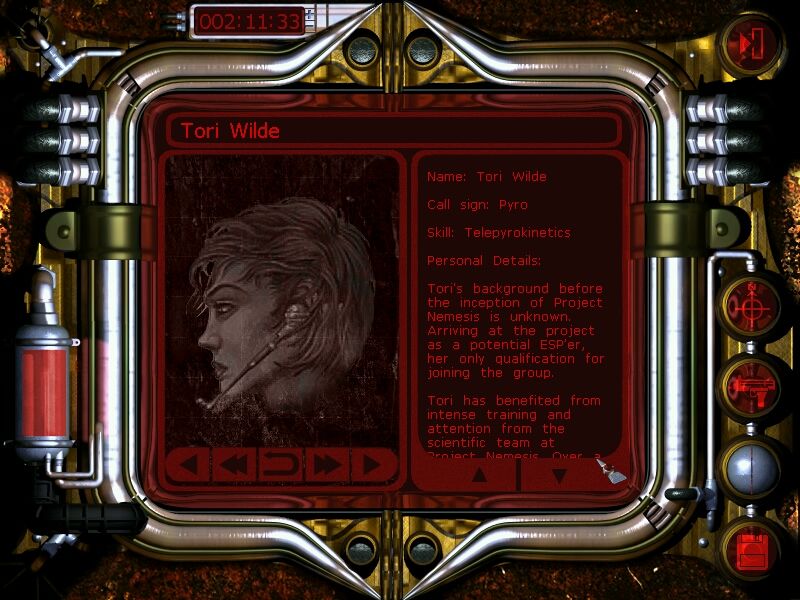
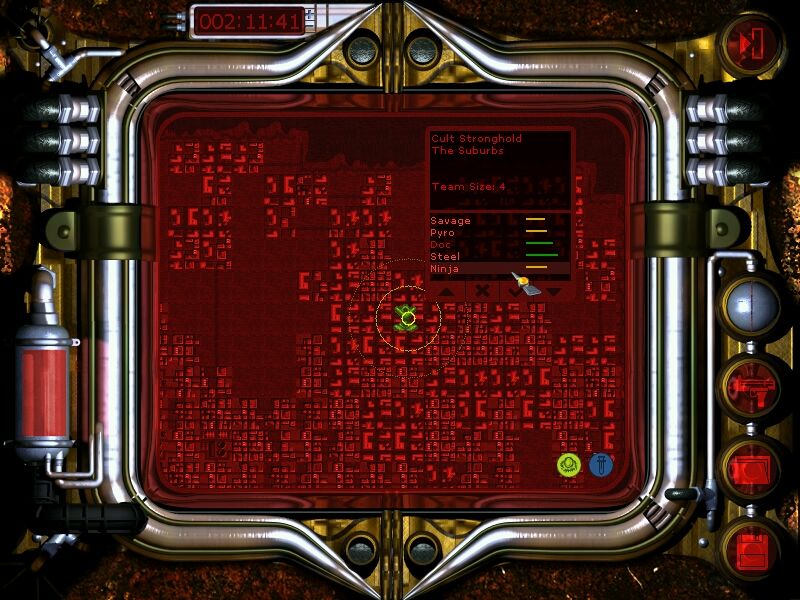
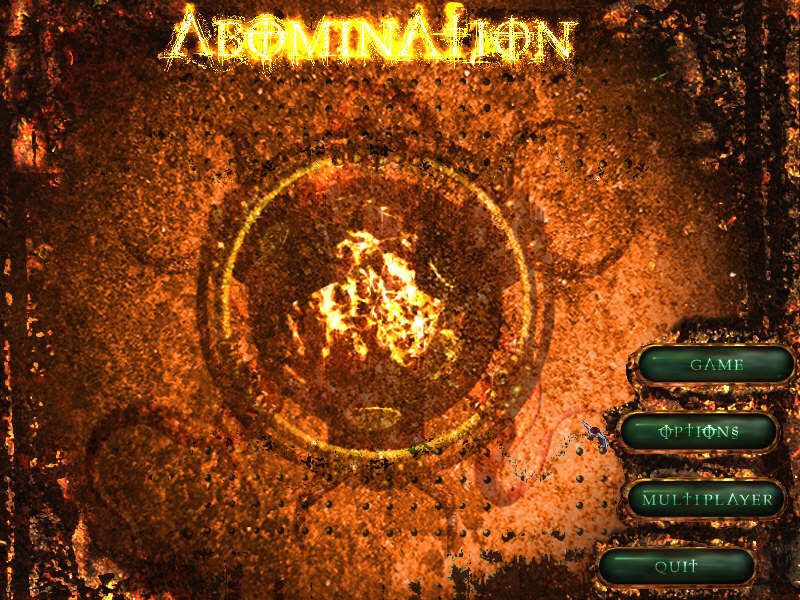
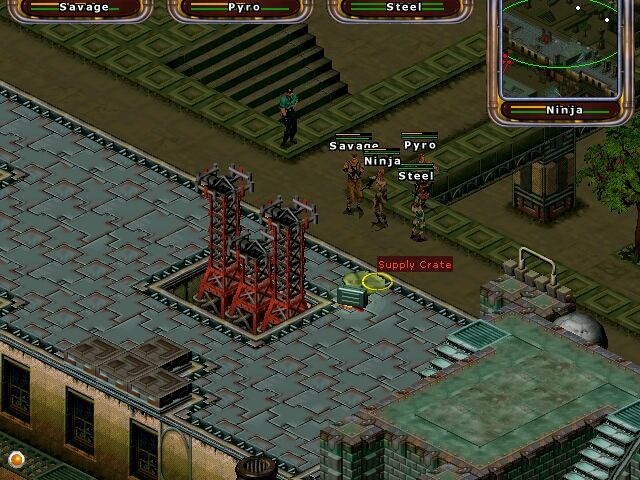
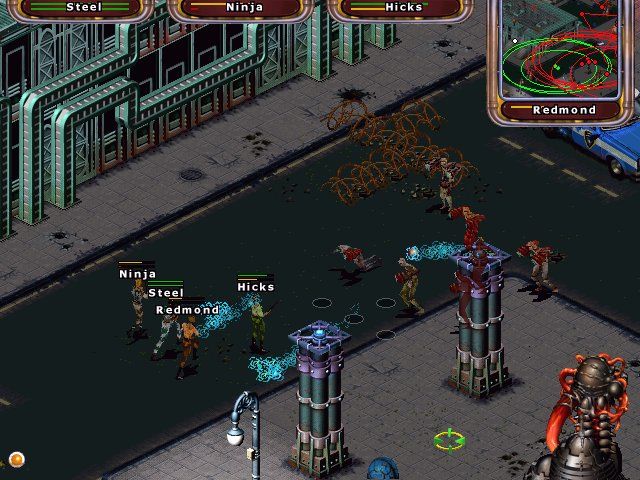



Reviews
There are no reviews yet.